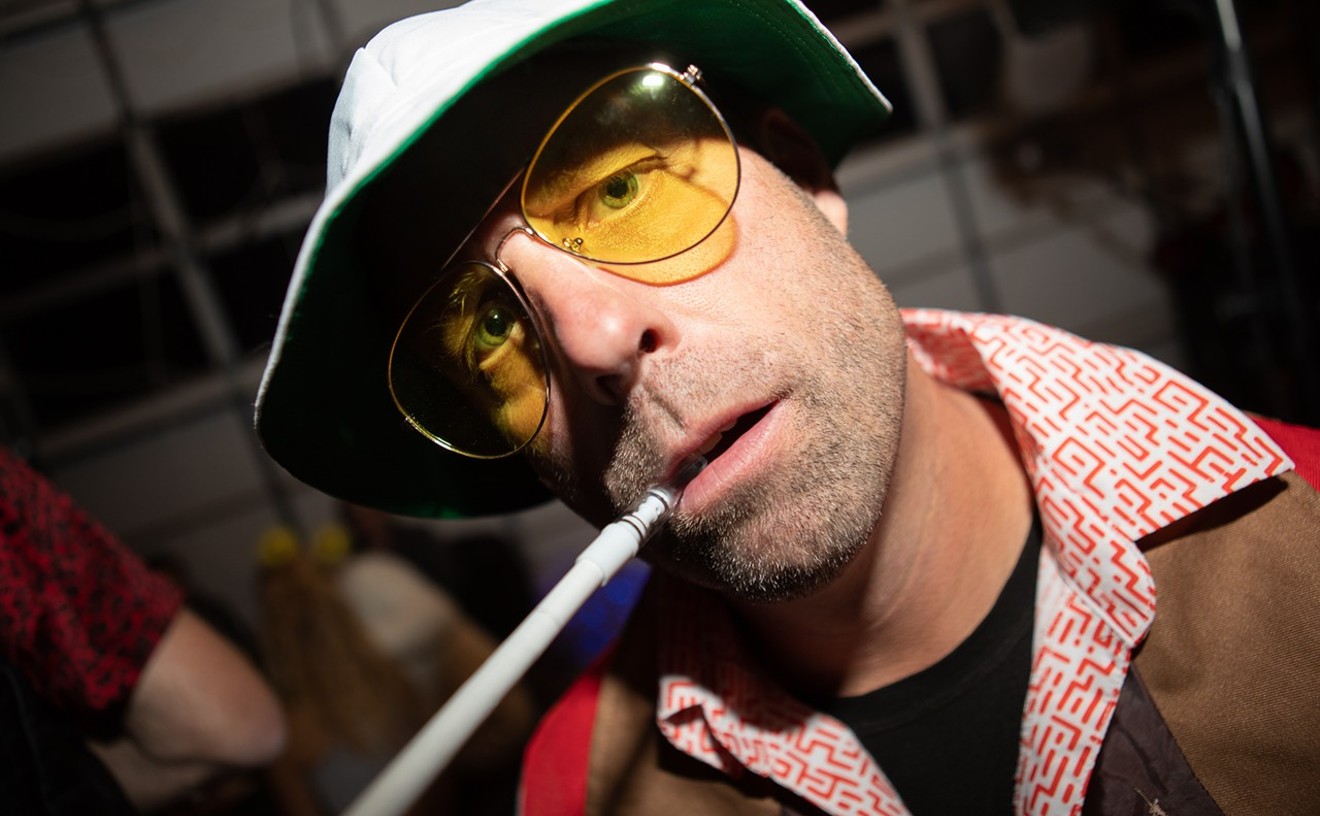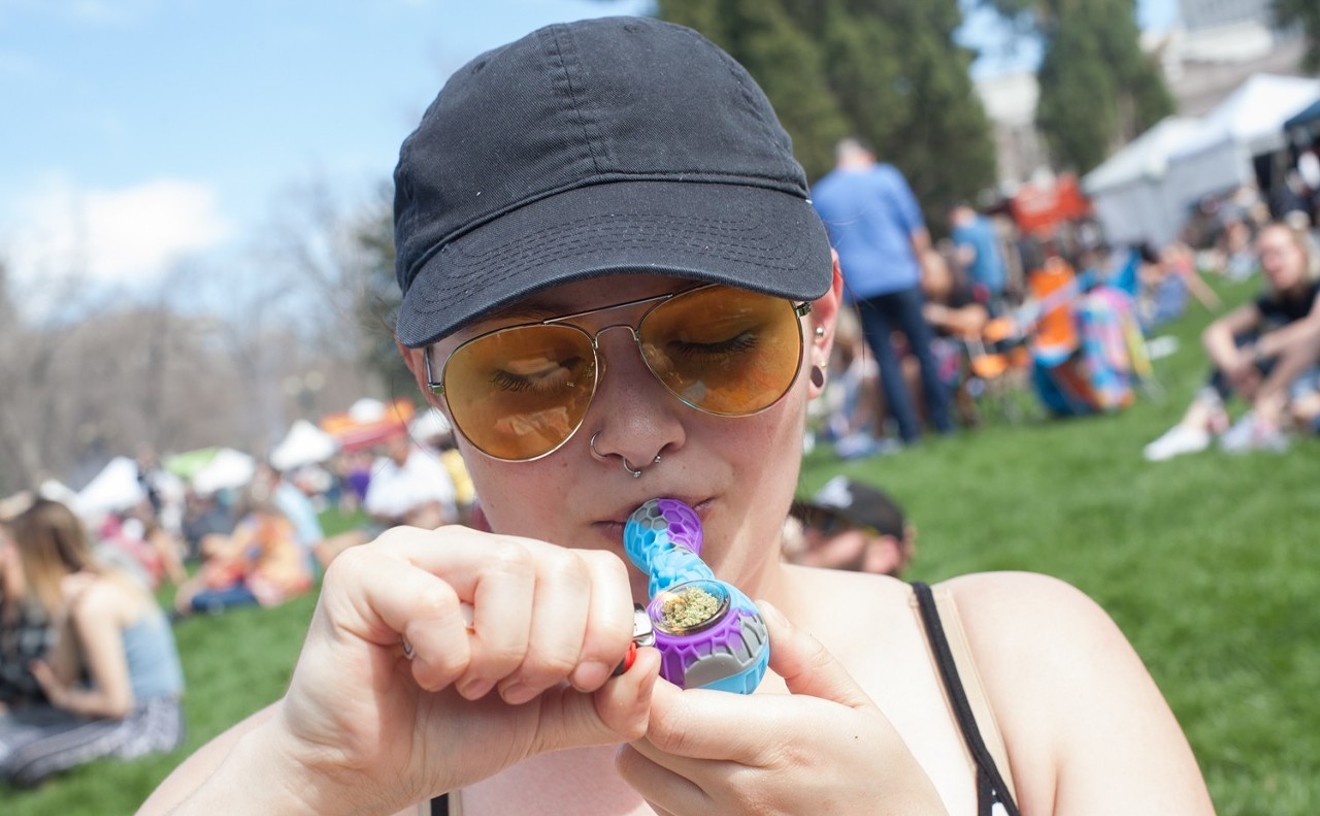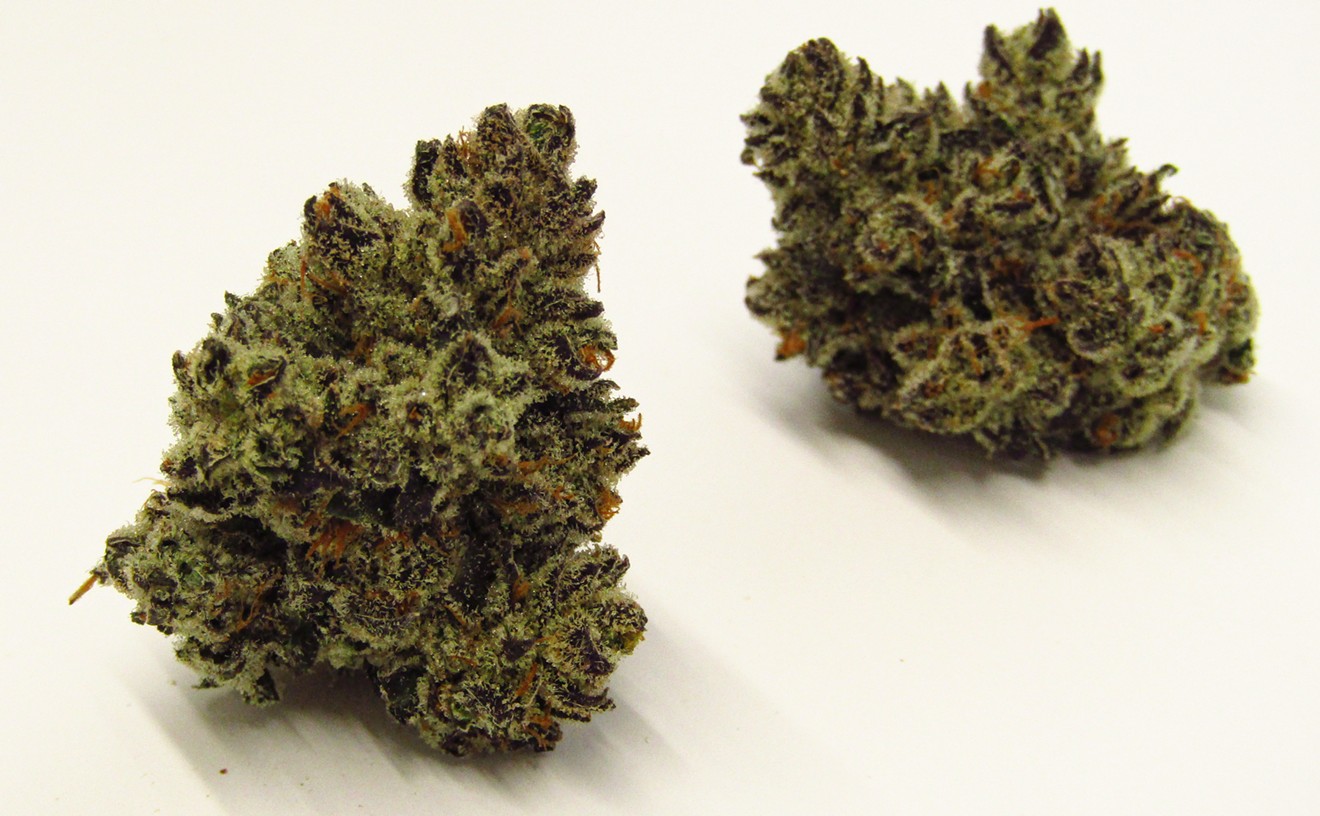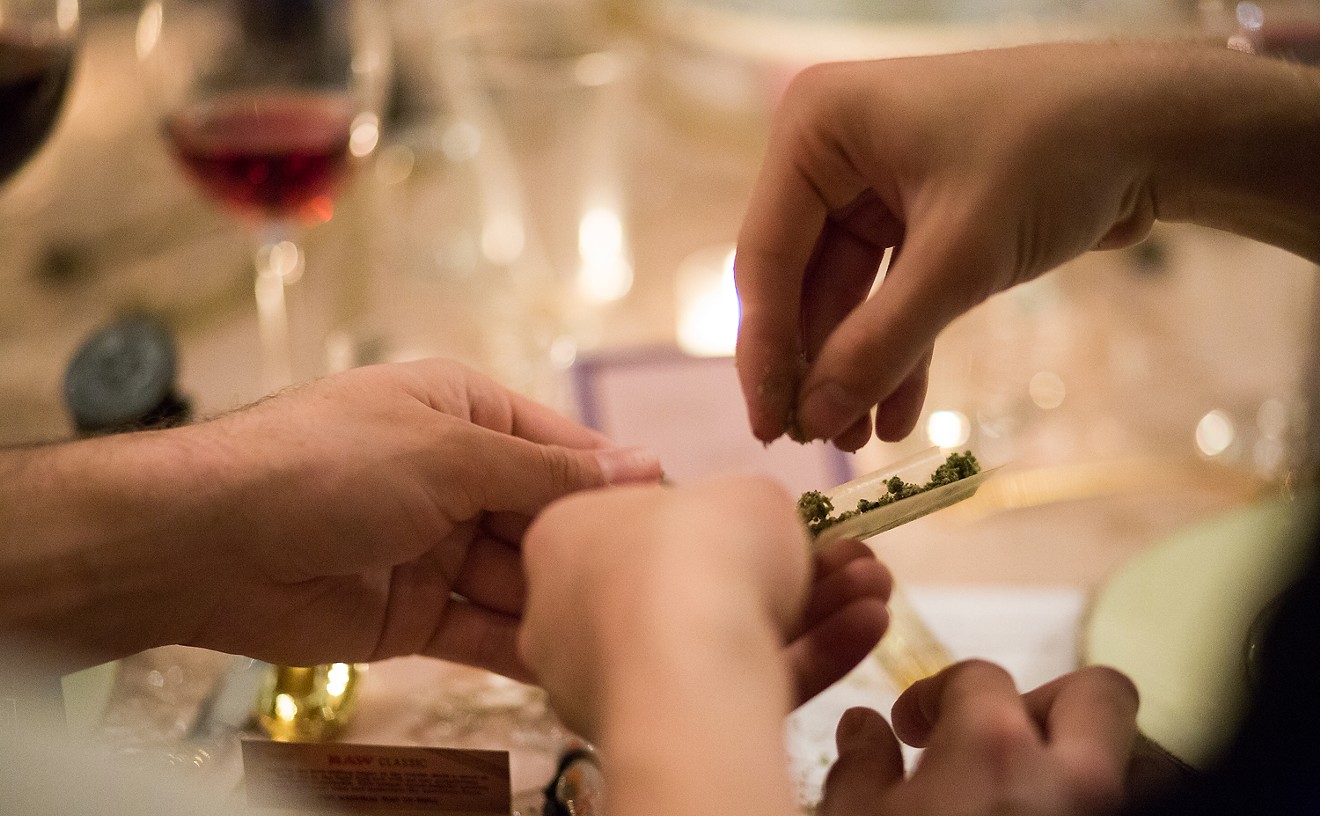Washington and Colorado, the first states to legalize recreational marijuana sales, have created the WACO joint data set, comparing information from their 2015-2017 Behavioral Risk Factor Surveillance System surveys — annual telephone surveys of "non-institutionalized adults 18 and older...conducted by each state and in collaboration with the Centers for Disease Control" and the results offer insight into adult marijuana use patterns.
The survey asked individuals about their mental and physical health, behavioral patterns and consumption of marijuana, alcohol and tobacco. Slightly more Coloradans than Washington residents reported marijuana use within the previous thirty days, and in both states, more males than females had consumed during that time period. As the ages of those surveyed increased, there was a clear pattern of decreased usage; 26.2 percent of survey-takers ages 18-24 said they used marijuana in the previous thirty days, while only 5 percent of those 65 and over reported doing so.
Increased marijuana use was fairly common for those suffering mentally. While 11.5 percent of those with no signs of depression reported using marijuana in the thirty-day period, the number jumped to 23.1 percent for those who had been diagnosed with depression at any point in their lives. And while only 12.5 percent of those who had experienced fewer than fourteen days of poor mental health used marijuana during the thirty-day time frame, 26.2 percent of those who had experienced fourteen or more days of poor mental health did so.
Of those surveyed, 7,538 reported being current marijuana users, and 43.8 percent of those said they used cannabis on a daily or near-daily basis. There was a significant correlation between use of tobacco and alcohol, too: 54.7 percent of current marijuana and tobacco consumers reported using marijuana daily or nearly every day, while 46 percent of current marijuana users who no longer consume tobacco used marijuana daily or nearly every day. Of those classified as heavy or binge-drinkers who also consumed marijuana, 43.5 percent participated in daily/near-daily use of cannabis.
Washington's retail dispensaries opened in mid-2016, more than two years after the start of sales in Colorado on January 1, 2014. The goal of this WACO project was to document the effects that the industry has had on users since then; it was a combined effort by the Colorado Department of Public Health and Environment, the Washington State Department of Health and the Center for Toxicology and Environmental Health.
Findings such as those presented here are useful for understanding the population of marijuana users and identifying populations that may be at risk for problematic use of it," the study concludes ."The similarity of findings between the two states suggest expected patterns of use in other states that may legalize the substance."
[
{
"name": "Air - MediumRectangle - Inline Content - Mobile Display Size",
"component": "12017618",
"insertPoint": "2",
"requiredCountToDisplay": "2",
"watchElement": ".fdn-content-body",
"astAdList": [
{
"adType": "rectangle",
"displayTargets": "mobile"
}
]
},{
"name": "Editor Picks",
"component": "17242653",
"insertPoint": "4",
"requiredCountToDisplay": "1",
"watchElement": ".fdn-content-body",
"astAdList": [
{
"adType": "rectangle",
"displayTargets": "desktop|tablet"
},{
"adType": "rectangle",
"displayTargets": "desktop|tablet|mobile"
}
]
},{
"name": "Inline Links",
"component": "18838239",
"insertPoint": "8th",
"startingPoint": 8,
"requiredCountToDisplay": "7",
"maxInsertions": 25
},{
"name": "Air - MediumRectangle - Combo - Inline Content",
"component": "17261320",
"insertPoint": "8th",
"startingPoint": 8,
"requiredCountToDisplay": "7",
"maxInsertions": 25,
"watchElement": ".fdn-content-body",
"astAdList": [
{
"adType": "rectangle",
"displayTargets": "desktop|tablet"
},{
"adType": "rectangle",
"displayTargets": "desktop|tablet|mobile"
}
]
},{
"name": "Inline Links",
"component": "18838239",
"insertPoint": "8th",
"startingPoint": 12,
"requiredCountToDisplay": "11",
"maxInsertions": 25
},{
"name": "Air - Leaderboard Tower - Combo - Inline Content",
"component": "17261321",
"insertPoint": "8th",
"startingPoint": 12,
"requiredCountToDisplay": "11",
"maxInsertions": 25,
"watchElement": ".fdn-content-body",
"astAdList": [
{
"adType": "leaderboardInlineContent",
"displayTargets": "desktop|tablet"
},{
"adType": "tower",
"displayTargets": "mobile"
}
]
}
]











